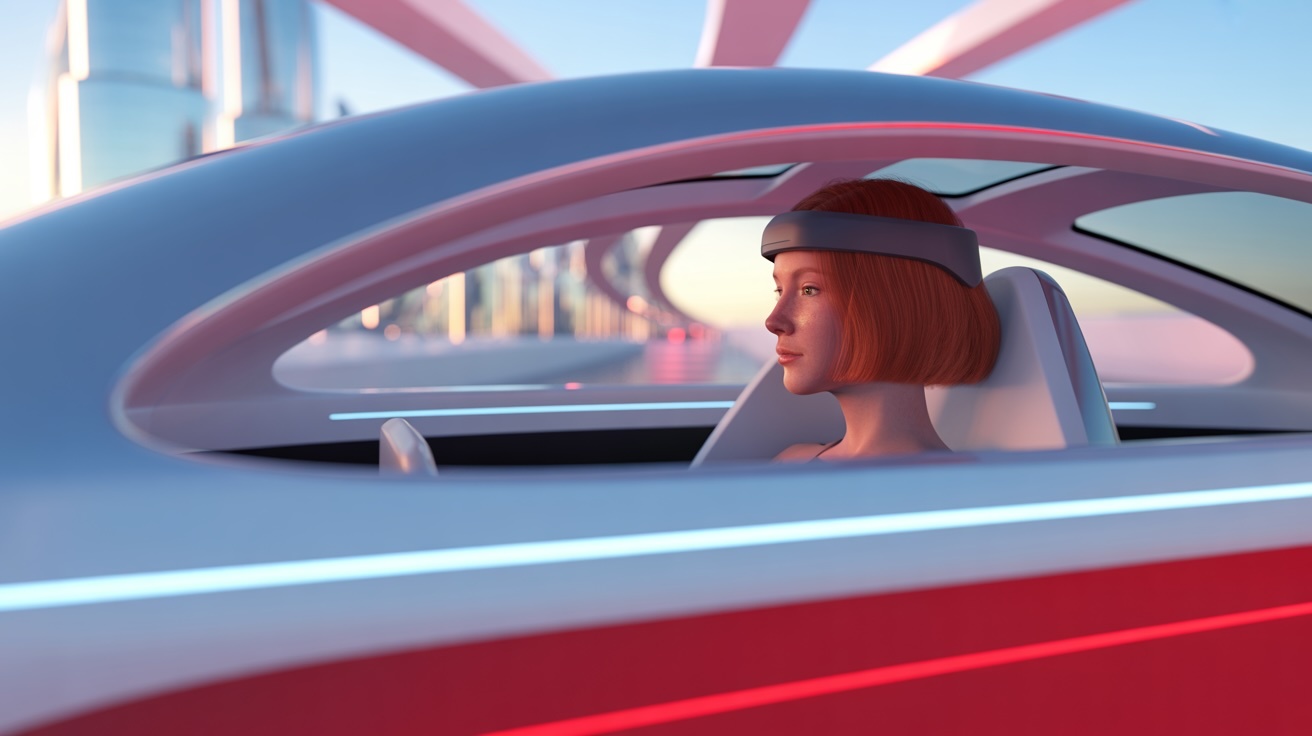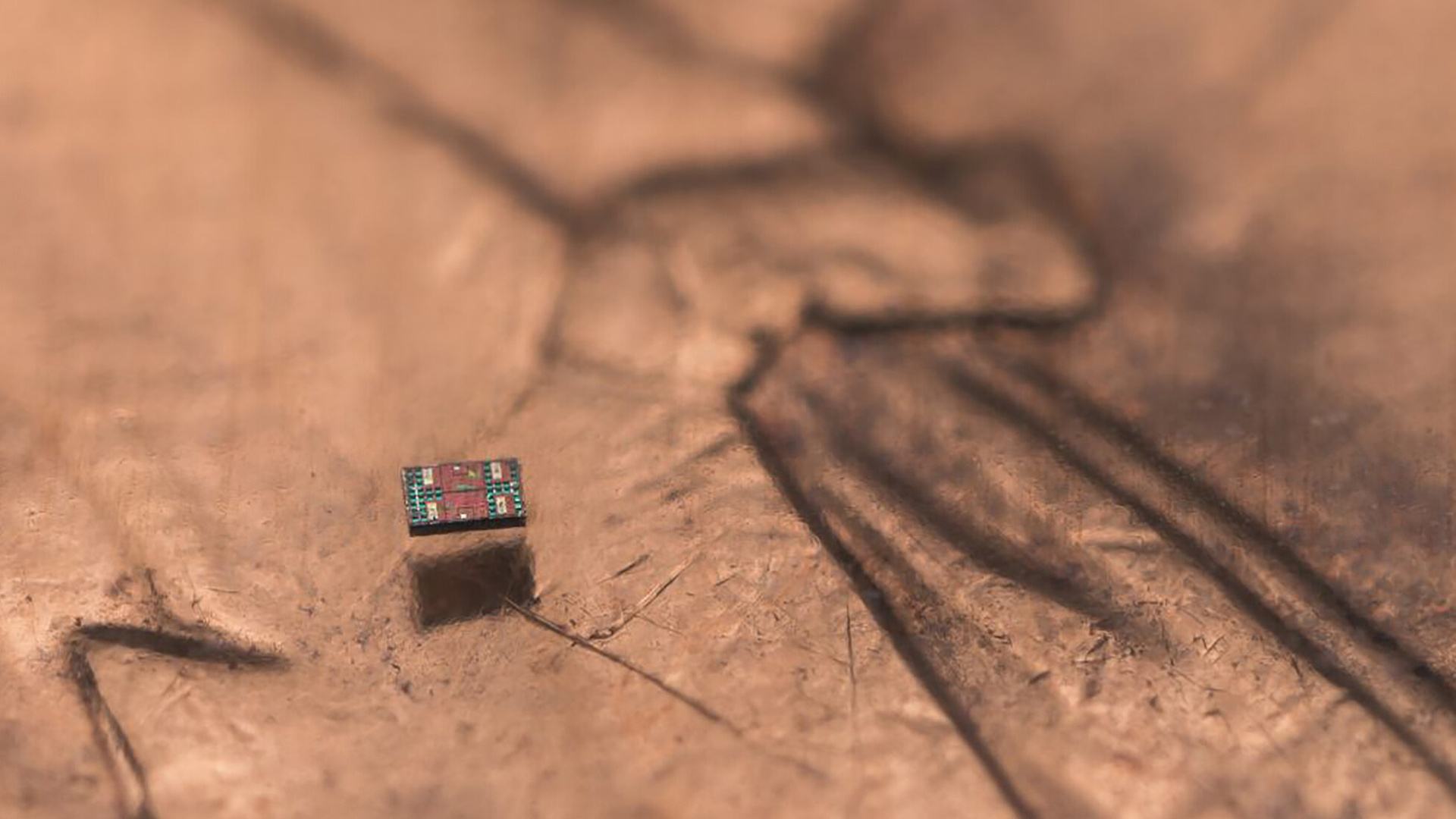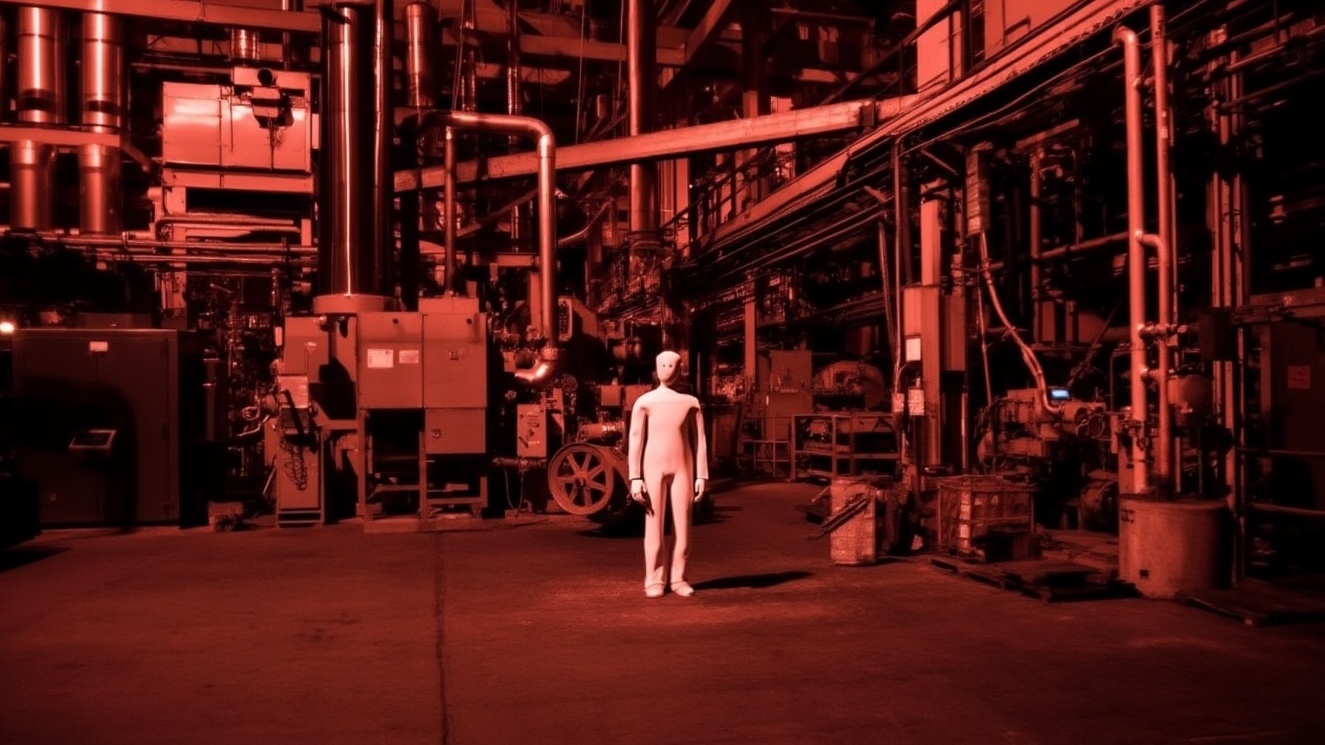Amazon now has 1 million robots
PLUS: Patients control AI and robotics with thought
Read Online | Sign Up | Advertise
Good morning, robotics enthusiasts. Amazon just deployed its millionth robot, transforming its warehouses into some of the most automated operations in the world.
With its new DeepFleet AI orchestrating fleets for lightning-fast deliveries, the future of logistics is here — and it’s robotic. But as machines take the lead, the question is: what’s left for human workers in this new automated era?
In today’s robotics rundown:
Amazon deploys its millionth robot
MIT’s new sensor gives robots X-ray vision
Galbot raises $153M to scale its semi-humanoid
Tiny humanoid gets huge boost post-marathon
Quick hits on other robotics news
LATEST DEVELOPMENTS
AMAZON
🤯 Amazon deploys its millionth robot

Image source: Amazon
The Rundown: Amazon just hit a historic milestone, deploying its one-millionth warehouse robot, and cementing its status as the world’s largest operator and maker of mobile robotics.
The details:
The milestone robot was deployed in a Japanese fulfillment center, but Amazon’s robots now operate in over 300 global warehouses.
The massive fleet includes specialized robots like Hercules (heavy lifting), Proteus (autonomous navigation), and Vulcan (AI-powered picking).
Amazon also unveiled DeepFleet, a new generative AI model that works as an intelligent traffic management system to reduce robot congestion.
Early tests of DeepFleet show a 10% increase in warehouse throughput and a significant reduction in bottlenecks and robot idle time.
Why it matters: Thirteen years after introducing its first self-moving bots, Amazon’s ever-expanding robot fleet now works alongside 1.5M people — with job security fears only intensifying. These robots assist with 75% of global deliveries and are set to outnumber human staff soon.
MIT
👁️ MIT’s new sensor gives robots X-ray vision

Image source: Ideogram/The Rundown
The Rundown: MIT researchers unveiled a breakthrough wireless sensor, dubbed mmNorm, that could give warehouse robots a kind of “X-ray vision,” letting them spot hidden damage before a box is ever opened, ensuring ultimate quality control.
The details:
The system uses millimeter wave signals, like those in Wi-Fi, that can penetrate common shipping materials to create detailed 3D images of objects out of view.
This means a robot can “see” through a cardboard box, detecting if an item buried under packing is damaged without opening the package, even a bit.
The tech could be mounted on mobile robots in fulfillment centers, automating quality control and reducing the need for manual package checks.
It is designed to work with cluttered or even densely packed boxes, distinguishing between multiple overlapping objects.
Why it matters: The breakthrough tech spots hidden flaws — like a broken mug handle or a cracked circuit — that would normally go unnoticed until a box is opened. If adopted, it could streamline warehouse checks, slash returns from damaged goods, and raise the bar for automated quality control in logistics.
GALBOT
🤖 Galbot raises $153M to scale its semi-humanoid

Image source: Galbot
The Rundown: Beijing-based robotics startup Galbot has emerged as a serious new player with $153M in fresh funding and plans to deploy its “G1” semi-humanoid in 100 retail stores this year — it already runs unmanned convenience shops on its own.
The details:
Founded by Stanford scientist He Wang, Galbot has quickly become a leading name in embodied AI in China, raising $335M in just over two years.
Its flagship G1 robot is a semi-humanoid with wheels and dual arms, designed for customer interaction and inventory restocking, delivery, and packaging.
Galbot’s tech stack features an end-to-end VLA model and a proprietary dataset encompassing more than 10B recorded robotic actions.
The company has also formed a joint venture with Bosch Group’s investment arm, Boyuan Capital, to accelerate the commercialization of embodied AI.
Why it matters: Galbot says its G1 can handle 5K different types of items and only takes a day to deploy into a new retail store. Currently, the robot autonomously runs some 10 unmanned convenience shops in Beijing, with plans to deploy it in 100 more stores this year in China— a pace that global robotics startups are yet to match.
NOETIX ROBOTICS
👟 Tiny humanoid gets huge boost post-marathon

Image source: Noetix Robotics
The Rundown: Just months ago, Beijing’s Noetix Robotics was a struggling startup known for its quirky, Hobbit-sized robots. Now, it’s a breakout success after its N2 emerged as the unexpected star of the world’s first robot half-marathon in April.
The details:
The N2 was one of the few bots to finish the 21km course, while also clinching second place, sparking a surge of investor interest, Bloomberg reports.
Riding this wave of publicity, Noetix is now on track to deliver 2K robots by the year’s end and is in talks to raise $35M at a $200M valuation.
Following the marathon, the company’s staff has doubled to 100, with half dedicated to a new production line that churns out 10 N2s a day.
Two months ago, Noetix said it struggled to find a single customer, but now it is building two new factories and ramping up production to 10K robots a year.
Why it matters: The N2’s standout performance at the robot marathon, broadcast on Chinese TV, transformed a flailing startup into a rising contender in China’s fierce tech scene. Its predecessor, the N1, still sells for less than half the price of Unitree’s G1 — part of Noetix’s strategy to win customers with aggressive budget-friendly deals.
QUICK HITS
📰 Everything else in robotics today
Tesla reportedly paused production of its Optimus humanoid robot amid a shakeup in the company’s robotics leadership and ongoing technical hurdles.
Genesis AI, a robotics software startup, raised $105M from both U.S. and Chinese investors in a rare cross-border deal in a geopolitically divided industry.
Researchers at University College London developed a system that lets robots work together to move objects using inaudible high-frequency sound waves.
Unitree surpassed $1.7B valuation and reached $140M in annual revenue as it rolls out both humanoid and quadruped robots to the market.
A new Australian study of six major Asian cities found that they are ill-prepared for the upcoming social and economic impact of a high-robot density.
Tech entrepreneur and investor Vinod Khosla predicts that AI will automate 80% of high-value jobs by 2030, bringing an unprecedented wave of disruption.
China’s Fuzhou University unveiled a new machine vision sensor that quickly adapts to extreme lighting in about 40 seconds, five times faster than humans.
Autonomous vehicle startup Beep's NAVI system launched in Jacksonville, Florida, with 14 autonomous Ford E-Transits for public and private transit.
COMMUNITY
🎥 Join our next live workshop
Join our next workshop this Friday, July 4th at 4 PM EST with Dr. Alvaro Cintas, The Rundown’s AI professor. By the end of the workshop, you’ll confidently wire MCP into both conversational AI and your favorite coding IDEs.
RSVP here. Not a member? Join The Rundown University on a 14-day free trial.
See you soon,
Rowan, Jennifer, and Joey—The Rundown’s editorial team
Stay Ahead on AI.
Join 2,000,000+ readers getting bite-size AI news updates straight to their inbox every morning with The Rundown AI newsletter. It's 100% free.






